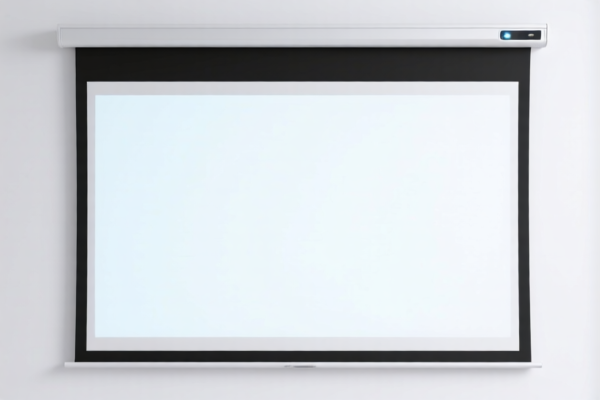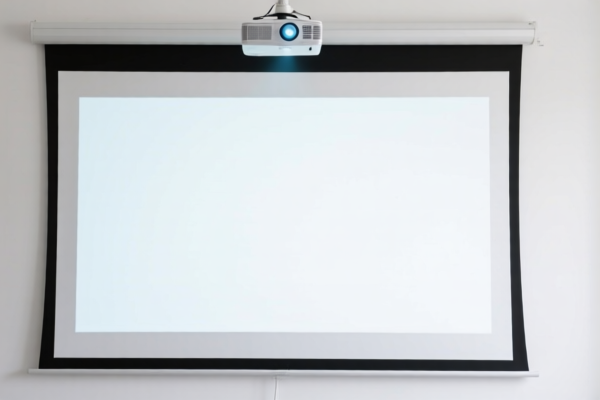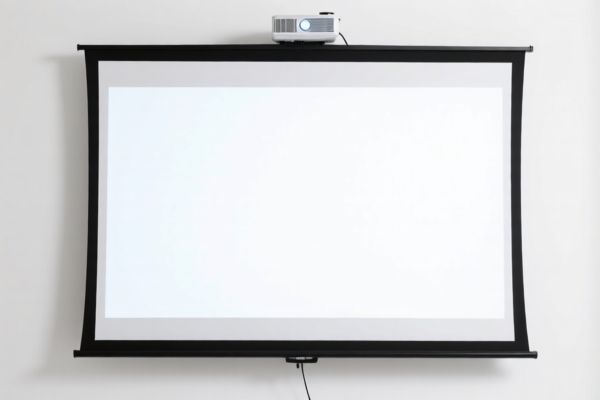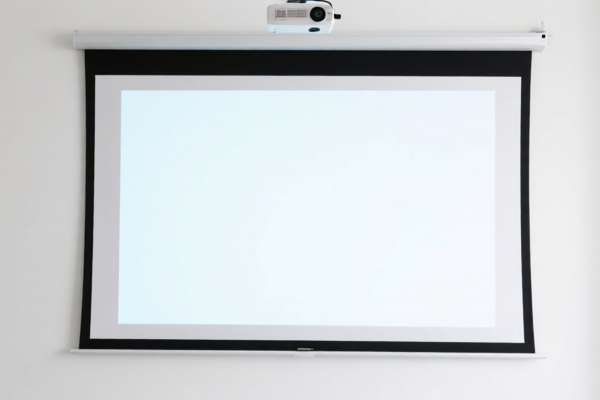| HS Code | Official Doc | Tariff Rate | Origin | Destination | Effective Date |
|---|---|---|---|---|---|
| 9008504000 | Doc | 34.6% | CN | US | 2025-05-12 |
| 9031499000 | Doc | 55.0% | CN | US | 2025-05-12 |
| 9031497000 | Doc | 55.0% | CN | US | 2025-05-12 |
| 8528695000 | Doc | 42.5% | CN | US | 2025-05-12 |
| 8528690500 | Doc | 55.0% | CN | US | 2025-05-12 |
| 8539293060 | Doc | 37.5% | CN | US | 2025-05-12 |
| 8539510000 | Doc | 55.0% | CN | US | 2025-05-12 |




Galaxy Projector
A galaxy projector is a lighting device designed to display simulated starfields, nebulae, and other cosmic patterns onto ceilings and walls. These projectors aim to create an immersive, atmospheric environment, often used for relaxation, decoration, or entertainment.
Material
Typically, a galaxy projector comprises several key components constructed from various materials:
- Housing: Commonly made of plastics like ABS or Polycarbonate for durability and lightweight construction. Metal alloys are sometimes used for premium models.
- Light Source: Originally utilizing incandescent or halogen bulbs, modern projectors predominantly employ LEDs due to their energy efficiency, longer lifespan, and ability to produce a wider spectrum of colors. Laser diodes are increasingly integrated for sharper star point definition.
- Lens System: Glass or acrylic lenses are used to focus and project the images. Multiple lenses may be present for different effects.
- Control Electronics: Printed circuit boards (PCBs) containing microcontrollers, drivers, and other components manage the light patterns, color changes, and remote control functionality.
- Power Supply: An AC adapter converts mains power to the low voltage DC required by the device's electronics.
Purpose
The primary purpose of a galaxy projector is to transform a room's ambiance by simulating a night sky or cosmic environment. This serves several applications:
- Relaxation and Sleep Aid: The calming visuals and soft lighting can promote relaxation and improve sleep quality.
- Decoration: Used to create a visually appealing and unique aesthetic in bedrooms, living rooms, home theaters, or other spaces.
- Entertainment: Popular for parties, events, or creating a themed atmosphere for children's rooms.
- Educational Tool: Some models are marketed as tools for learning about constellations and astronomy.
Function
Galaxy projectors function by employing a combination of light sources, lenses, and control systems to create the desired effects:
- Light Emission: LEDs generate various colors of light, often including red, green, and blue (RGB) to produce a wide color palette.
- Pattern Generation: Internal motors rotate discs or use digital image processing to create dynamic patterns resembling stars, nebulae, and galaxies.
- Projection: Lenses focus and project the generated patterns onto surfaces, typically ceilings and walls.
- Control: Microcontrollers manage the light source intensity, color mixing, pattern speed, and other parameters. Control is typically achieved via buttons on the device or a remote control. Some models offer smartphone app control with advanced features.
Usage Scenarios
- Bedrooms: Creating a relaxing atmosphere for sleep or meditation.
- Living Rooms: Enhancing the ambiance for movie nights or social gatherings.
- Children's Rooms: Providing a soothing nightlight or creating a themed environment.
- Home Theaters: Adding immersive visual effects to movie viewing experiences.
- Parties and Events: Creating a unique and visually stimulating atmosphere.
- Yoga and Meditation Studios: Promoting relaxation and focus.
Common Types
- Star Projectors: Focus primarily on displaying realistic star patterns. Often include adjustable star brightness and rotation speed.
- Nebula Projectors: Emphasize the swirling, colorful patterns of nebulae. Typically offer adjustable color mixing and brightness.
- Combination Projectors: Combine star and nebula projection capabilities for a more versatile experience.
- Laser Projectors: Utilize laser diodes to create sharper, more defined star points. Often more expensive and may require safety precautions.
- Bluetooth Projectors: Include Bluetooth connectivity, allowing users to play music through the projector's built-in speaker.
- Sound-Activated Projectors: Respond to music or other sounds, changing the light patterns in sync with the audio.
- Digital Projectors: Use digital image processing to create more complex and customizable patterns. Often offer smartphone app control.
Based on the material, use, function, and application scenarios, a “galaxy projector” appears to be a type of image projector designed to display patterns resembling galaxies, often used for decorative or entertainment purposes. It falls under the broader category of optical instruments and appliances.
The following HS codes are relevant, based on the provided reference material:
-
9008504000: This HS code covers “Image projectors, other than cinematographic; photographic (other than cinematographic) enlargers and reducers; parts and accessories thereof: Projectors, enlargers and reducers: Other image projectors”. This is a direct match for a projector not specifically for film.
- 90: Chapter 90 – Instruments and apparatus which measure, check, analyse or control, not specified or included elsewhere in this chapter; optical instruments and appliances.
- 08: Heading 08 – Optical instruments and appliances.
- 50: Subheading 50 – Image projectors, other than cinematographic.
- 40: Further breakdown – Other image projectors.
-
8528695000: This HS code covers “Monitors and projectors, not incorporating television reception apparatus; reception apparatus for television, whether or not incorporating radio-broadcast receivers or sound or video recording or reproducing apparatus: Projectors: Other: Color: With a flat panel screen: Other: Other”. If the galaxy projector utilizes a flat panel screen and displays in color, this code may be applicable.
- 85: Chapter 85 – Electrical machinery and equipment.
- 28: Heading 28 – Monitors and projectors.
- 69: Subheading 69 – Projectors.
- 50: Further breakdown – Other: Color: With a flat panel screen: Other: Other.
-
8528690500: This HS code covers “Monitors and projectors, not incorporating television reception apparatus; reception apparatus for television, whether or not incorporating radio-broadcast receivers or sound or video recording or reproducing apparatus: Projectors: Other: Color: Incomplete or unfinished (including assemblies consisting of the parts specified in subdivisions (a), (b), (c) and (e) in additional U.S. note 9 to this chapter plus a power supply), presented without a display device: Incorporating video recording or reproducing apparatus”. If the projector is supplied without a display device and incorporates video recording/reproducing capabilities, this code may be relevant.
- 85: Chapter 85 – Electrical machinery and equipment.
- 28: Heading 28 – Monitors and projectors.
- 69: Subheading 69 – Projectors.
- 05: Further breakdown – Other: Color: Incomplete or unfinished (including assemblies consisting of the parts specified in subdivisions (a), (b), (c) and (e) in additional U.S. note 9 to this chapter plus a power supply), presented without a display device: Incorporating video recording or reproducing apparatus.
Regarding HS code 8528695000 and 8528690500, please note the specific requirements regarding the presence of a flat panel screen, completeness/unfinished status, and incorporation of video recording/reproducing apparatus. The total tax rate for these codes is 42.5% and 55.0% respectively.
Regarding HS code 9008504000, the total tax rate is 34.6%.
Customer Reviews
No reviews yet.